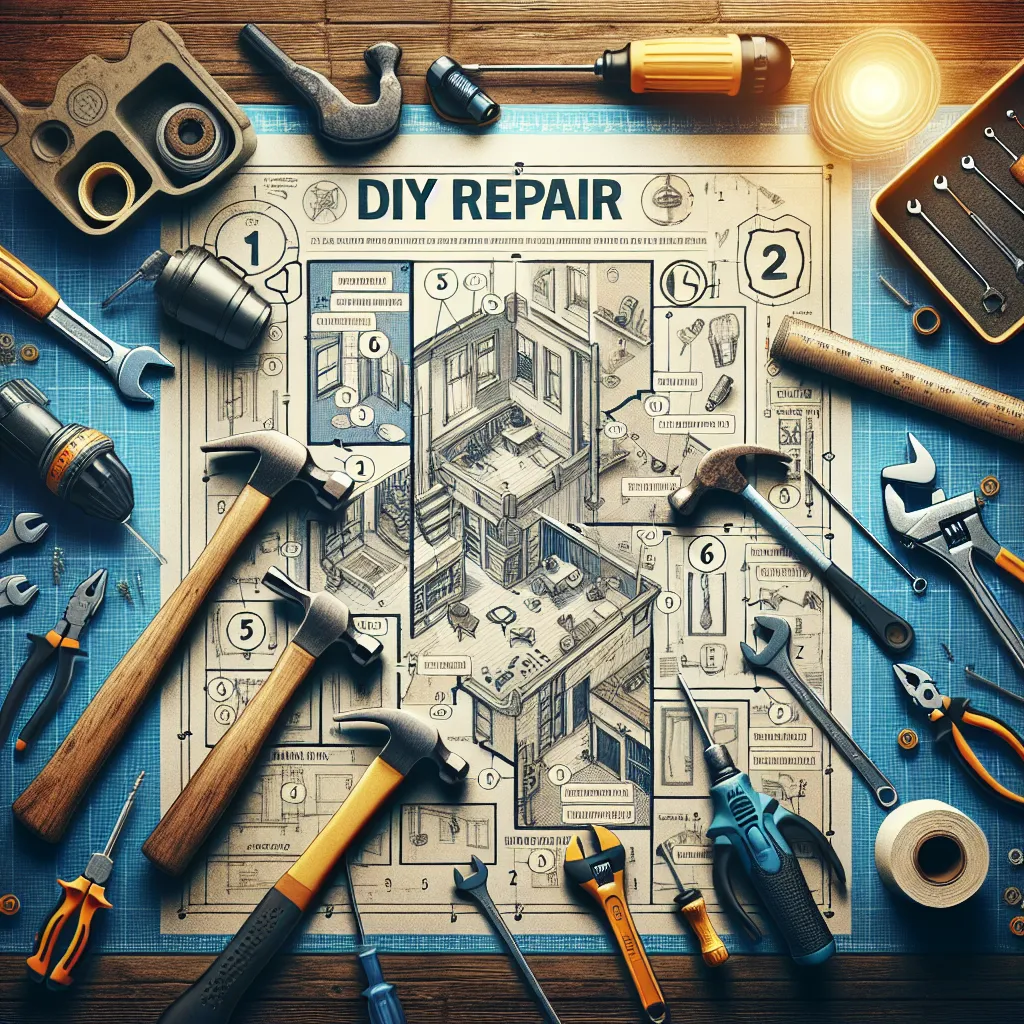1. Understanding Materials
A fundamental step in any repair project is understanding the materials you're working with. Different materials require different handling, tools, and repair techniques. For example, wood may need sanding and sealing, while metal might require welding or soldering. Always research the properties and repair methods for each material before beginning a project.
2. Mastering the Right Tools
Having the right tools for the job is crucial. Familiarize yourself with the essential tools for different types of repairs, from hammers and screwdrivers to power drills and saws. Knowing when and how to use these tools effectively can make the repair process smoother and more efficient.
3. Safety First
Before diving into any repair project, ensure you understand the safety protocols. This includes wearing appropriate protective gear, like gloves and safety glasses, and knowing how to handle tools and materials safely. Ignoring safety precautions can lead to accidents and injuries, so always prioritize safety.
4. Precision is Key
Precision and attention to detail can greatly impact the quality of your repairs. Measuring accurately, marking clearly, and making precise cuts or adjustments can make the difference between a successful repair and a shoddy job. Always take your time and double-check your work.
5. Learning from Mistakes
Lastly, remember that everyone makes mistakes. What sets a professional apart from an amateur is the ability to learn from these mistakes. If a repair doesn't go as planned, take the time to understand what went wrong and how to prevent it in the future.
Conclusion
Mastering these five essential repair techniques can greatly enhance your DIY or construction projects. Remember, understanding your materials, using the right tools, prioritizing safety, working with precision, and learning from your mistakes are all key components of successful repairs. So, roll up your sleeves, and let's get fixing!
